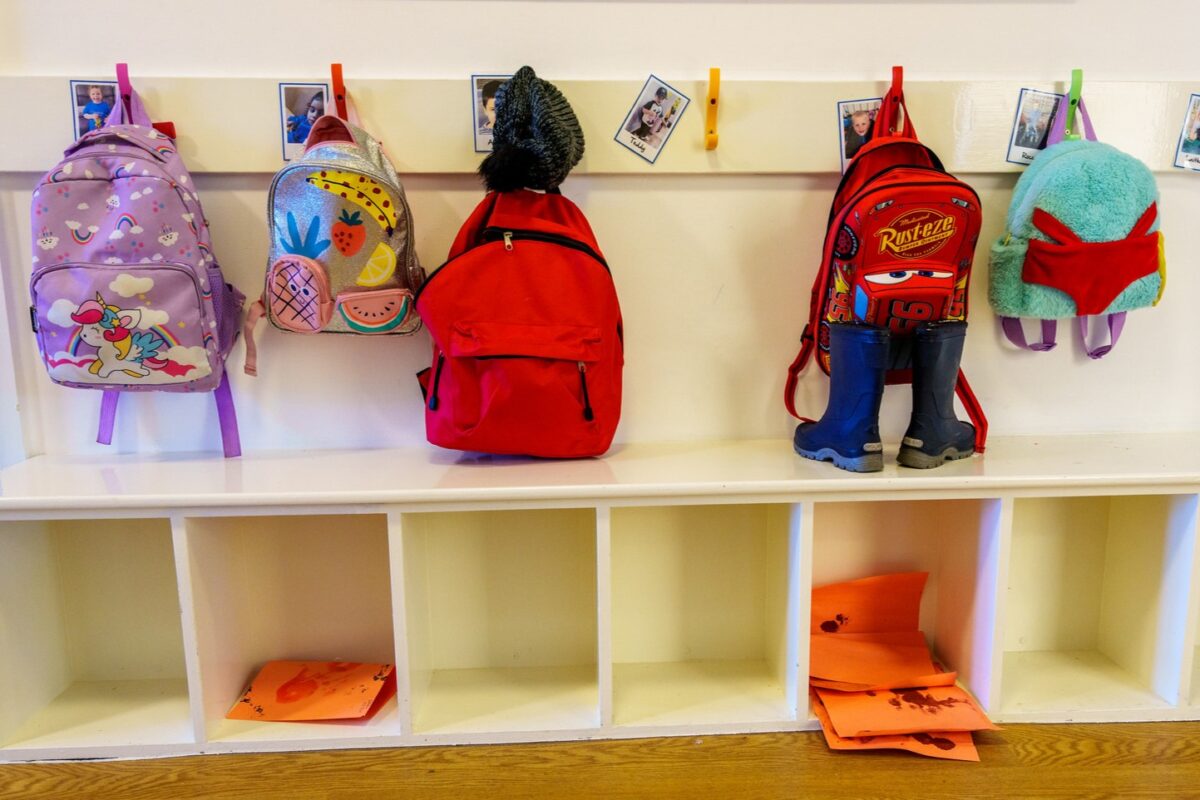The research findings recognise that ‘school readiness’ does not follow a steady downward trend from higher-attaining to lower-attaining groups. Children with Special Educational Needs and Disabilities (SEND) are one of 4 groups being recognised by the report as persistently falling far behind their peers, inequalities which it recognises have persisted for over a decade despite successive policy interventions aimed at raising overall attainment levels. It is therefore more important than ever that policy and actions taken by government get to the very heart of these problems rather than papering over the cracks.
The strongest demographic predictors of local authority performance on ‘school readiness’ are the proportion of children with SEND, followed by the proportion of children from low-income households (identified through eligibility for free school meals). These groups are among the most ‘left behind’ in areas where they make up a larger share of the population.
However, the report highlights a striking pattern when looking at outcomes within these groups where children with SEND do better in local areas where there are more of them . This may be a result of more advanced and effective collaboration of early years support in the area resulting in more early intervention and inclusive practice. We have certainly seen significant disparity over the level of inclusion across a range of different local authorities
We welcome and agree with the report’s statement that the government’s 75% school readiness target is “an opportunity to galvanise productive cross-government action towards a clear, common aim”. It is vital that the government focus on long term benefits for children with SEND and ensure that targets do not reinforce the inequalities they are designed to eliminate. The current broad approach to expansion, without the necessary training and inclusive approach to give children with SEND the same opportunities as their peers has the potential to negatively impact on the potential of this group . As the research recommends, by pairing immediate action to meet the 75% target with a long-term investment in those at greatest risk of poor educational outcomes, the government could “lock in lasting benefits – bringing it closer to its goal of closing the opportunity gap”.
We very much hope that the government shifts their approach with this insight to focus more heavily on inclusion training, investment in disadvantaged and vulnerable groups highlighted in this report whilst also ensuring the accountability and sufficiency at local authority level. Only with this targeted approach will the government have the chance of meeting their GLD targets for all in an equitable and meaningful way.
Lastly, we strongly believe that ‘school readiness’ is an outdated concept which is often not constructive or useful for many children with SEND. In reality the school needs to be ready for the child and fully understand their needs and have the support and funding to meet those needs.

